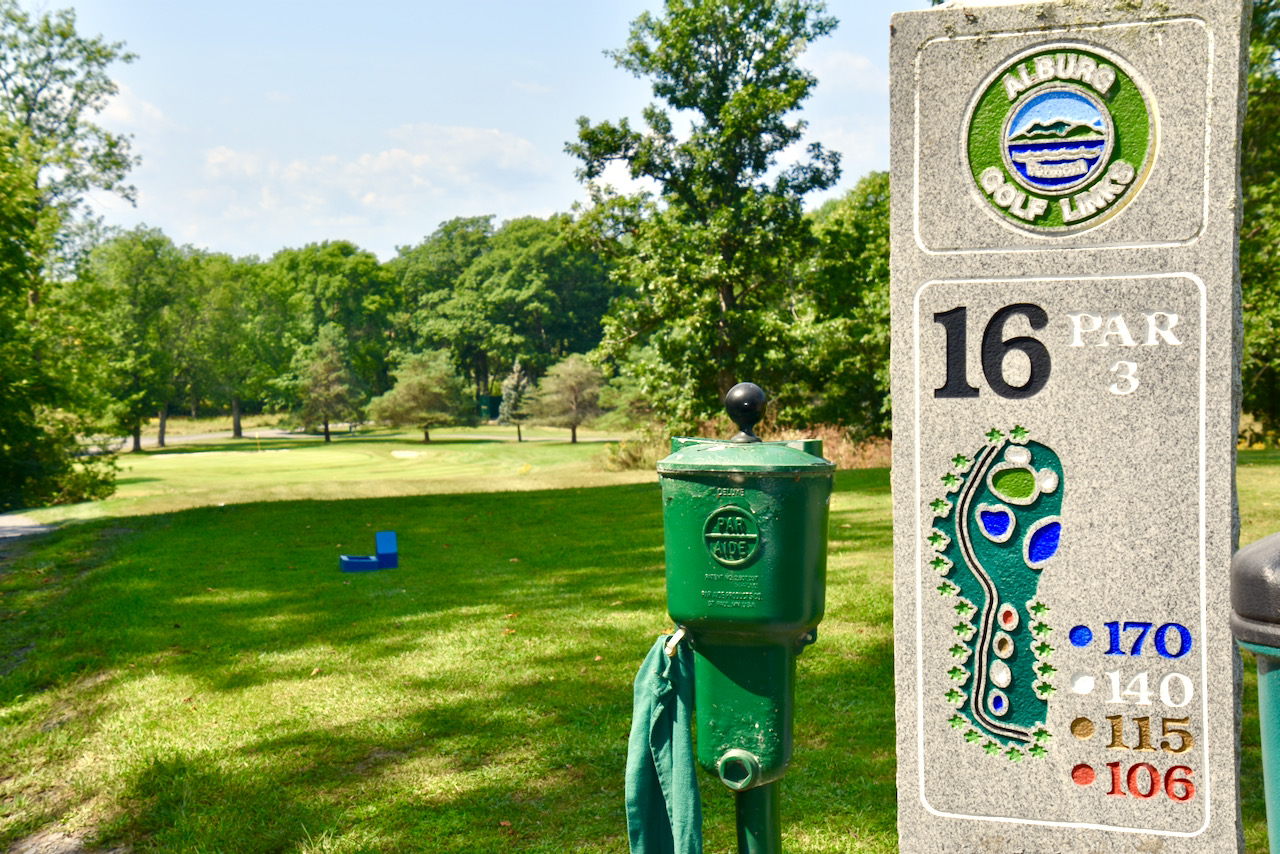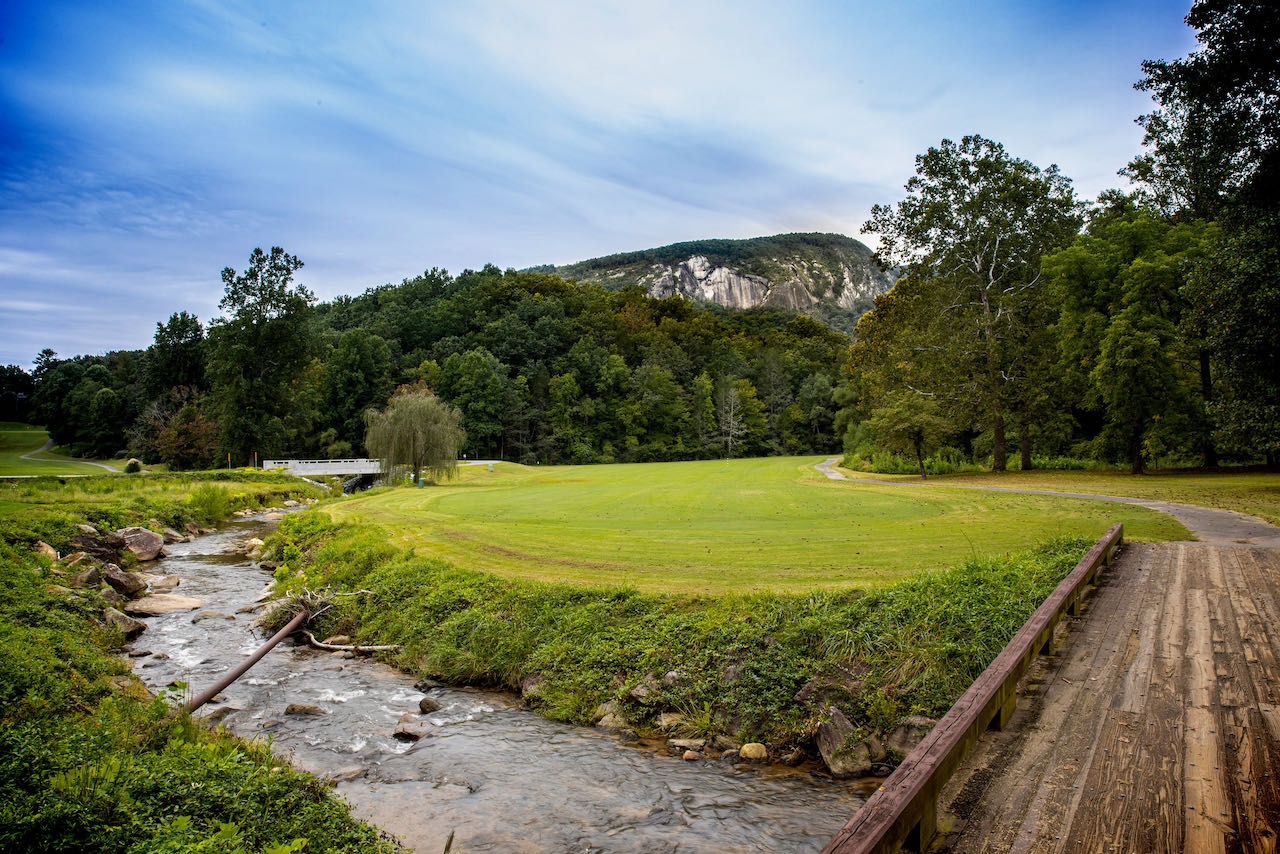Caveat: I am not a financial expert, nor do I play one at this website. I recognize that we are in uncharted waters today, so please do not take the following as advice.
Before coronavirus, and with an eye on the apparent stability of their 401Ks and other equity-dependent investments, thousands of baby boomers were considering a move to golf communities in the South. But with the stock market pretty much in freefall, many may be giving up hope about the retirement lifestyle they had counted on.
Perhaps they shouldn’t.
As the 2001 drop after 9/11 and the 2008 recession taught us, markets come back, and sometimes quickly. In the first day of trading after the 9/11 catastrophe, the market sank by more than 7%. But a month later, the Dow and NASDAQ were back to pre-9/11 levels. It took longer to recover from the global financial crisis that reached its peak in 2008, but by 2013, stability had been restored and many high-quality homes in the southern U.S. had passed pre-recession levels.
During both those major financial events, some folks nearing retirement panicked, sold their equities at steep losses and put their money in safe instruments – at annual interest rates lower than 2%. When markets rebounded by multiples of that 2%, those conservative investors were left behind. Even worse, for those with relocation aspirations, housing prices had risen by as much as 5% to 8% per year in the highest-quality communities; these investors found that the homes they might have purchased earlier were now well beyond their reach.
Like everyone else, I do not like to lose money. Having begun my 8th decade, my wife and I need all the savings we can hold onto. I was still working in 2001 and counted on a paycheck to take care of my family’s sustenance. But as a retiree in 2008, I was on a fixed income, and the recession caused me a fair bit of agita. But call it laziness, brain freeze or dumb luck, I ignored the instinct to panic-sell the equities in my retirement fund. By 2012, I was feeling financially whole again.
We are all in different circumstances that govern our decisions. But for those of us who have the resources and patience to weather storms, sometimes inaction is the best action.























